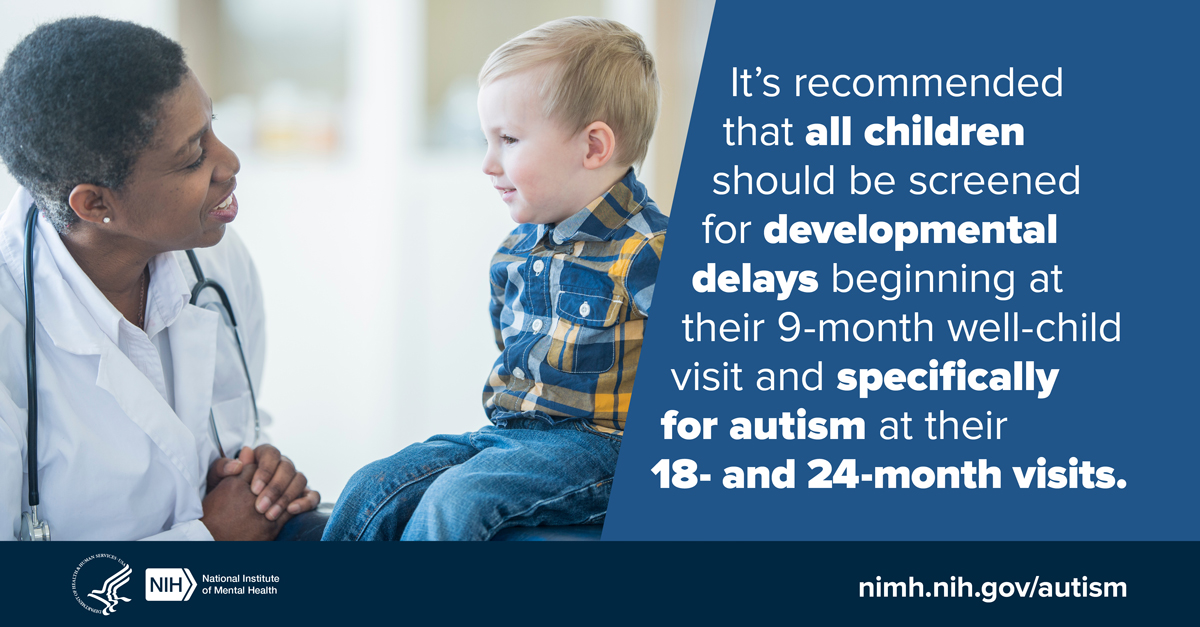Articles and Information
 Apr 10
Apr 10
Understanding Autism
Signs and Support During Autism Awareness Month
Avenue 360 Health + Wellness is committed to raising awareness about autism spectrum disorder (ASD).
We recognize and understand that parenting can be challenging, especially when navigating the unique needs of a child with ASD. During National Autism Awareness Month, we recognize and promote understanding and acceptance.
Let’s explore what autism is, the signs to look for, and how we can create an inclusive environment for all children.
What Is Autism Spectrum Disorder (ASD)?
ASD is a difference in development caused by variations in the brain. Children with ASD may experience challenges in social communication, interaction, and behavior. It’s essential to recognize that some of these symptoms can also occur in individuals without ASD, but for those with ASD, these characteristics can significantly impact their daily lives.
The Autism Society conducted a series of interviews with neuro-typical people to learn how much they knew about autism. Host, Adin Boyer, shares a big reveal at the end of the video, challenging misconceptions about autism. CLICK HERE TO WATCH
Signs and Symptoms of ASD
Social Communication and Interaction Skills
- Avoids or Does Not Keep Eye Contact: Children with ASD may find it challenging to maintain eye contact during conversations.
- Does Not Respond to Name by 9 Months of Age: Lack of response when their name is called could be an early sign.
- Lacks Facial Expressions: By 9 months of age, children should exhibit facial expressions like happiness, sadness, anger, and surprise.
- Limited Gestures: Children with ASD may use few or no gestures (e.g., waving goodbye) by 12 months.
- Difficulty Sharing Interests: By 15 months, they may not share interests with others (e.g., showing you a favorite toy).
- Lack of Pointing: Not pointing to show something interesting by 18 months is a potential red flag.
- Inability to Notice Others’ Emotions: By 24 months, children with ASD may not recognize when others are hurt or upset.
- Difficulty Joining Play: By 36 months, they might not engage with other children during play.
- Limited Pretend Play: Not pretending to be something else (e.g., a teacher or superhero) during play by 48 months.
- Lack of Singing, Dancing, or Acting: By 60 months, children with ASD may not engage in creative expressions.
Restricted or Repetitive Behaviors
- Order and Routine: Children with ASD may line up toys or objects and become upset if the order is changed.
- Echolalia: Repeating words or phrases over and over.
- Rigid Play Patterns: Playing with toys the same way every time.
- Hyperfocus on Parts: Focusing intensely on specific parts of objects (e.g., wheels).
- Sensitivity to Changes: Becoming upset by minor changes in their environment.
- Obsessive Interests: Developing intense interests in specific topics.
- Hand Flapping, Body Rocking, or Spinning: Repetitive physical movements.
- Unusual Sensory Reactions: Reacting unusually to sounds, smells, tastes, looks, or textures.
If you notice any of these signs, seek professional evaluation and support. Together, we can create a more accepting and informed community for all children.
To learn more about the signs of ASD, diagnosis in different age groups, available interventions, and additional resources, visit NIMH’s health topic page or download NIMH’s brochure.
Let’s celebrate differences and support one another during this Autism Awareness Month!
The information contained in this Avenue 360 Web site is not a substitute for medical advice or treatment, and Avenue 360 recommends consultation with your Avenue 360 doctor or health care professional.